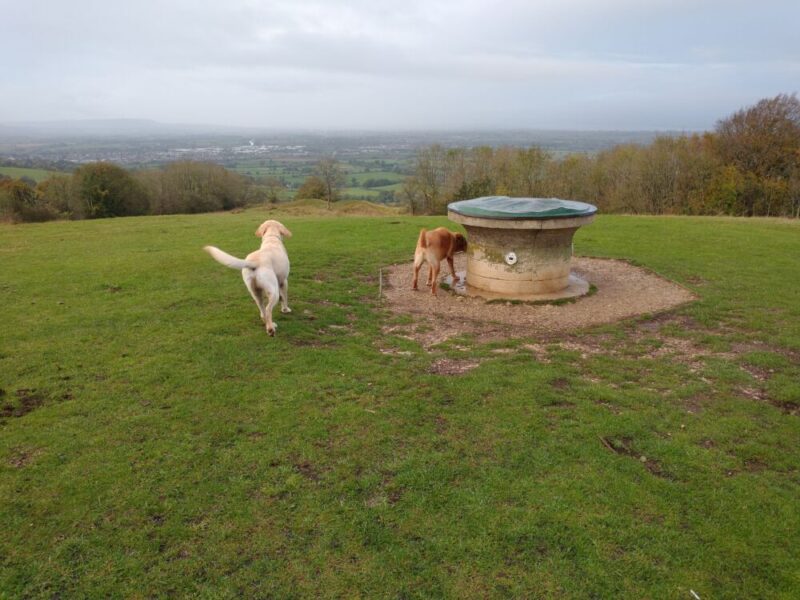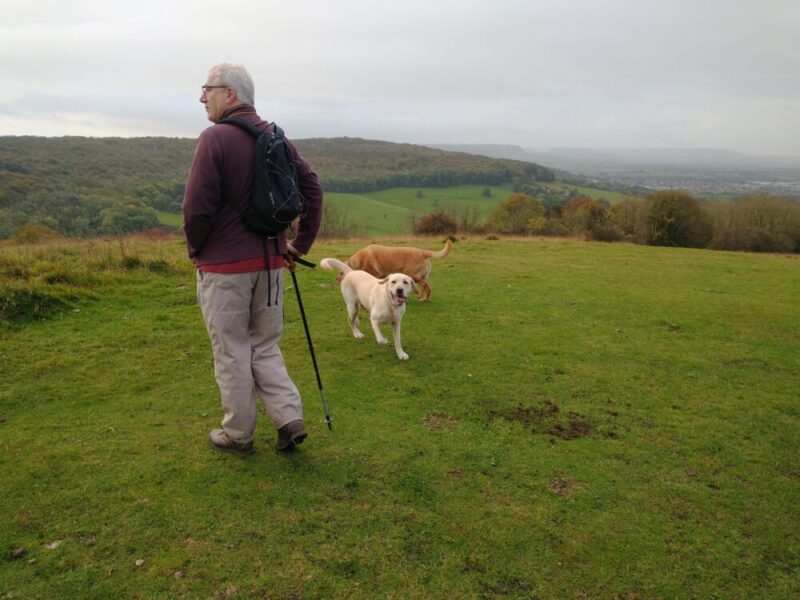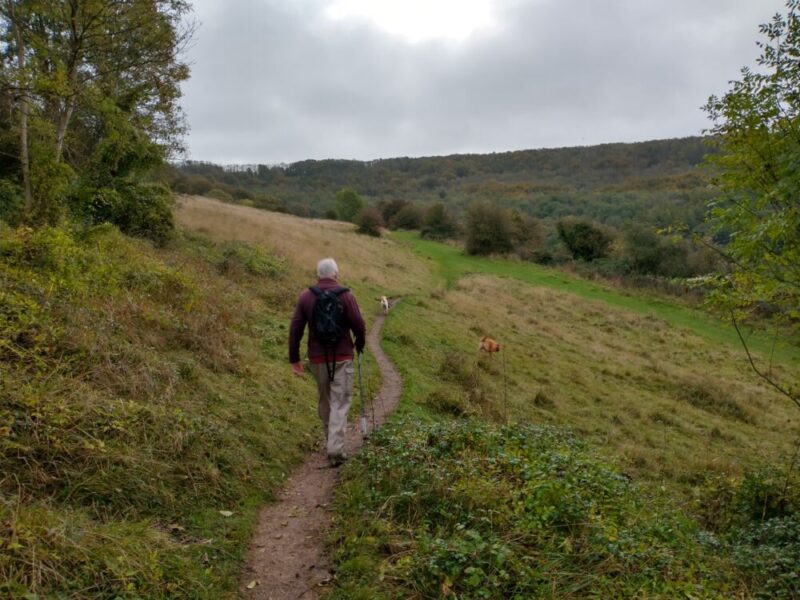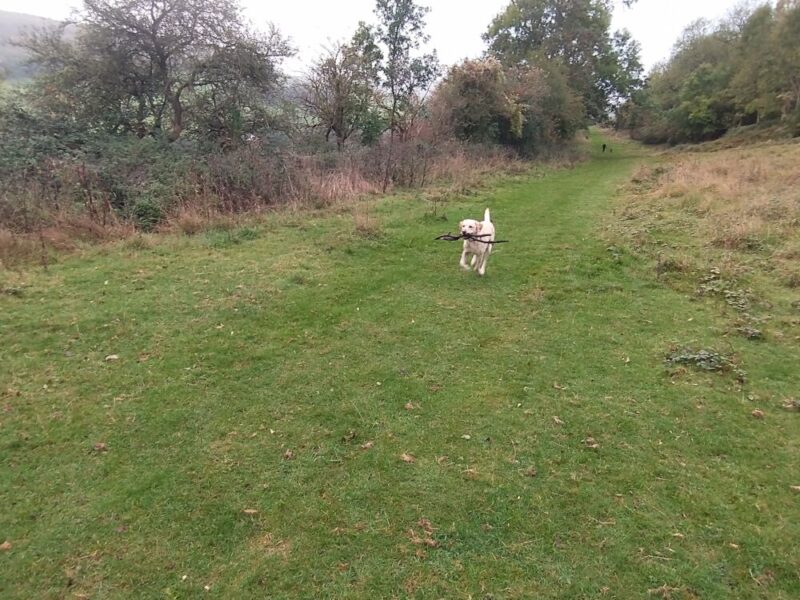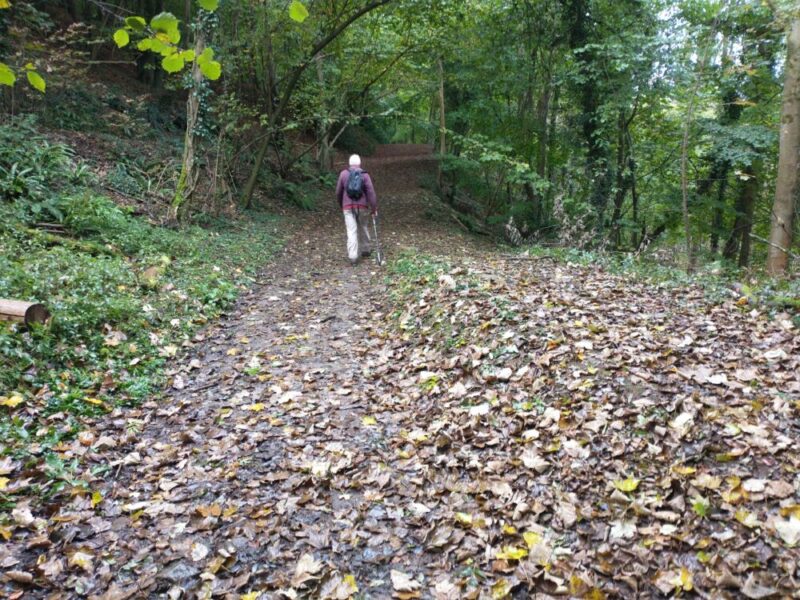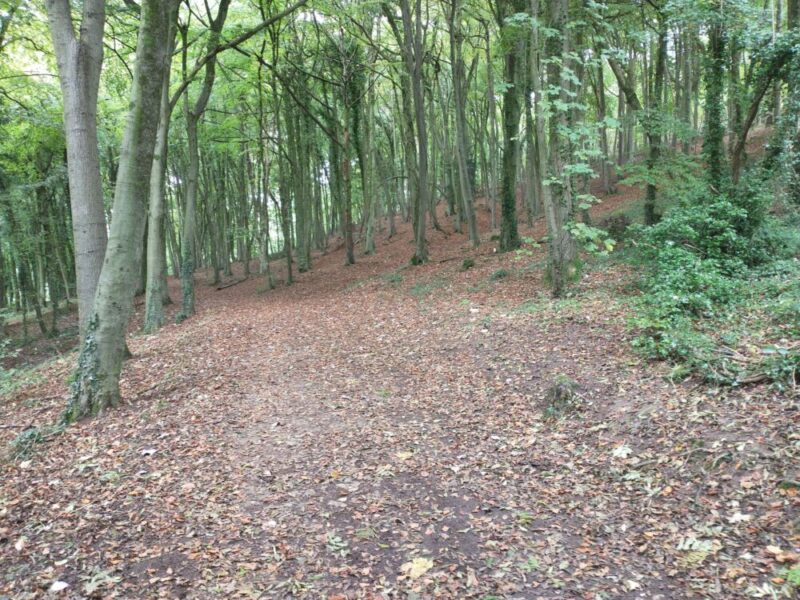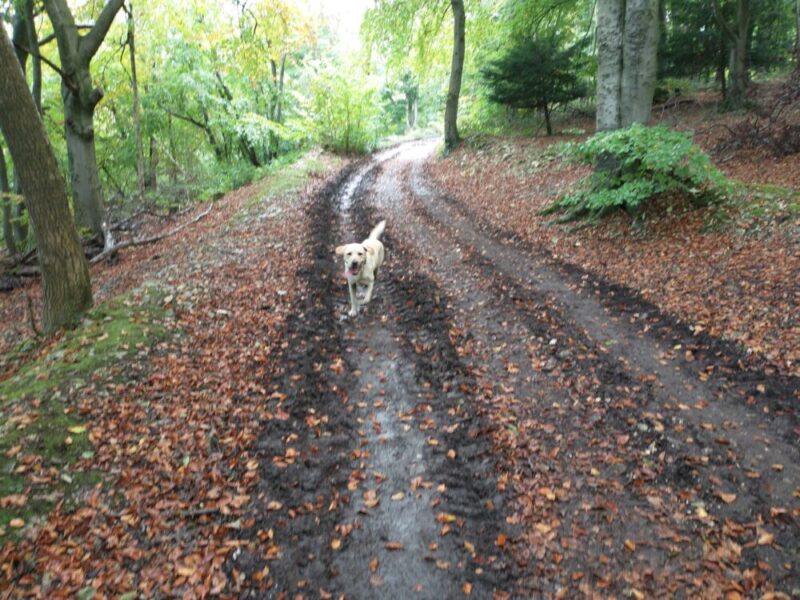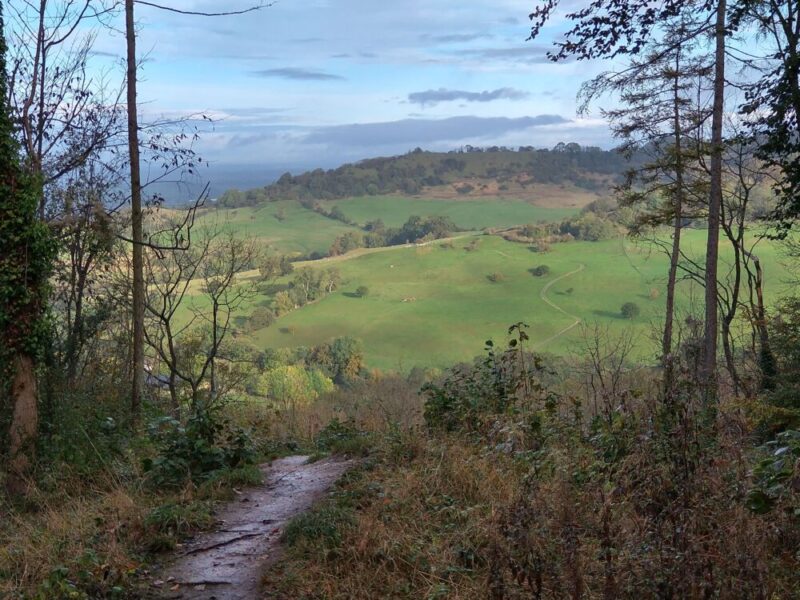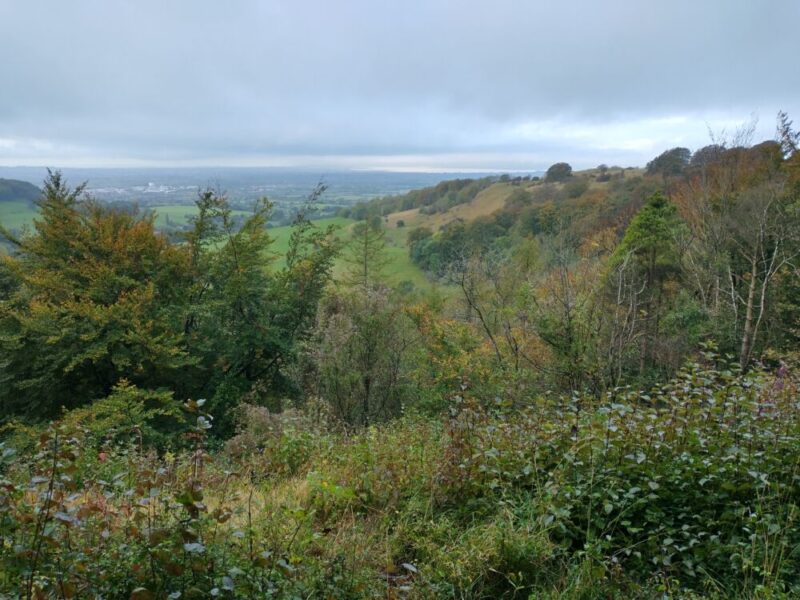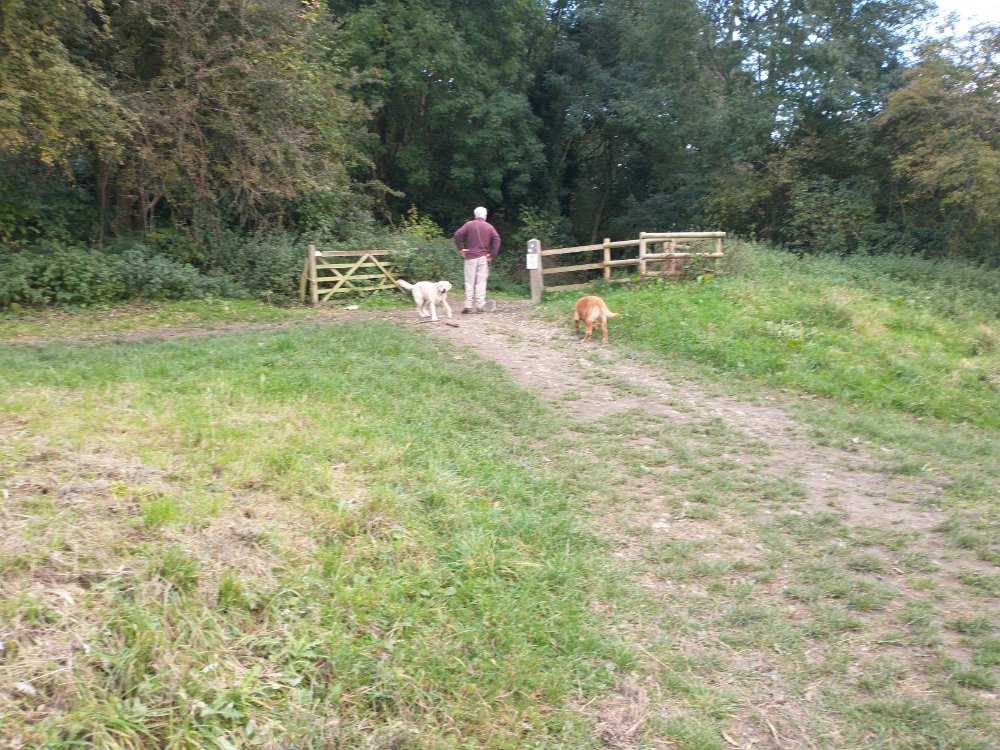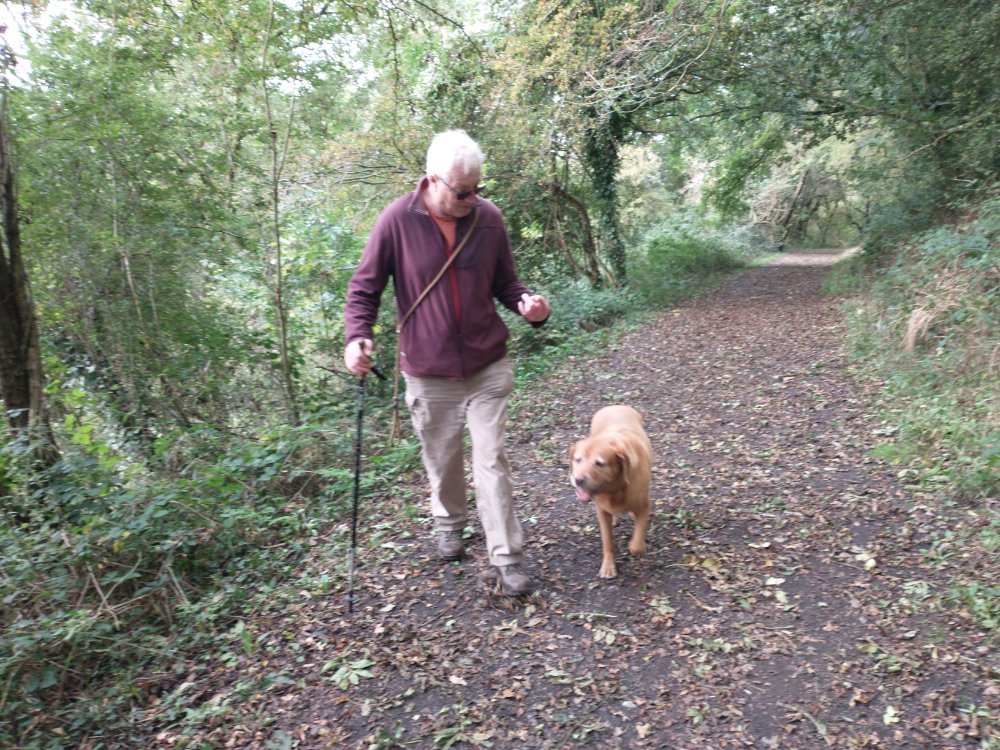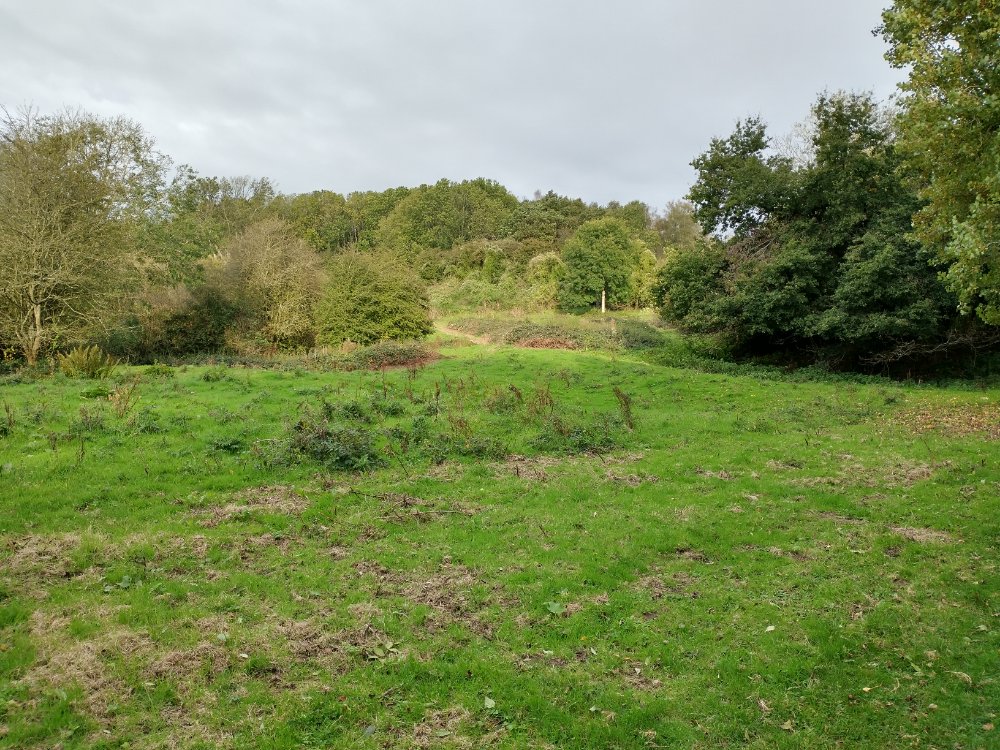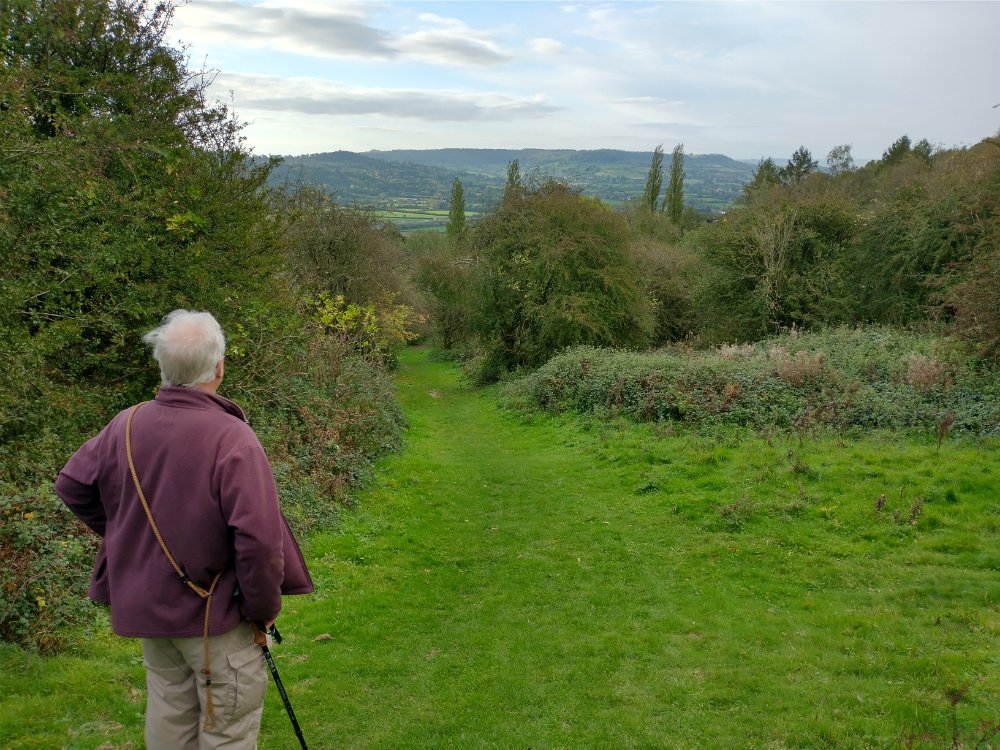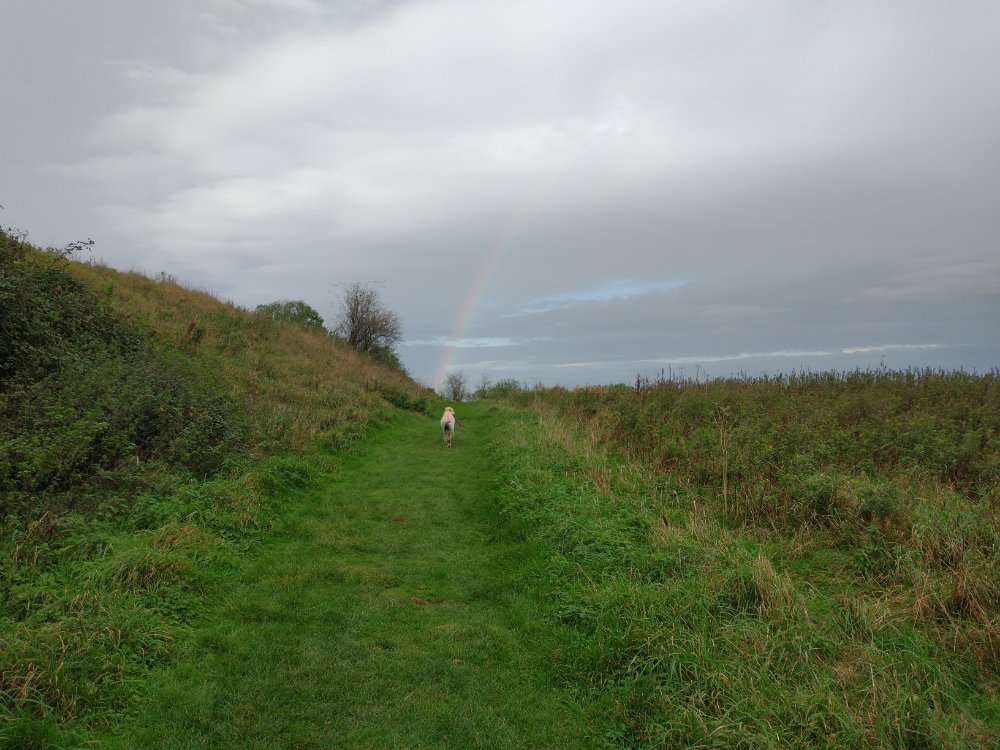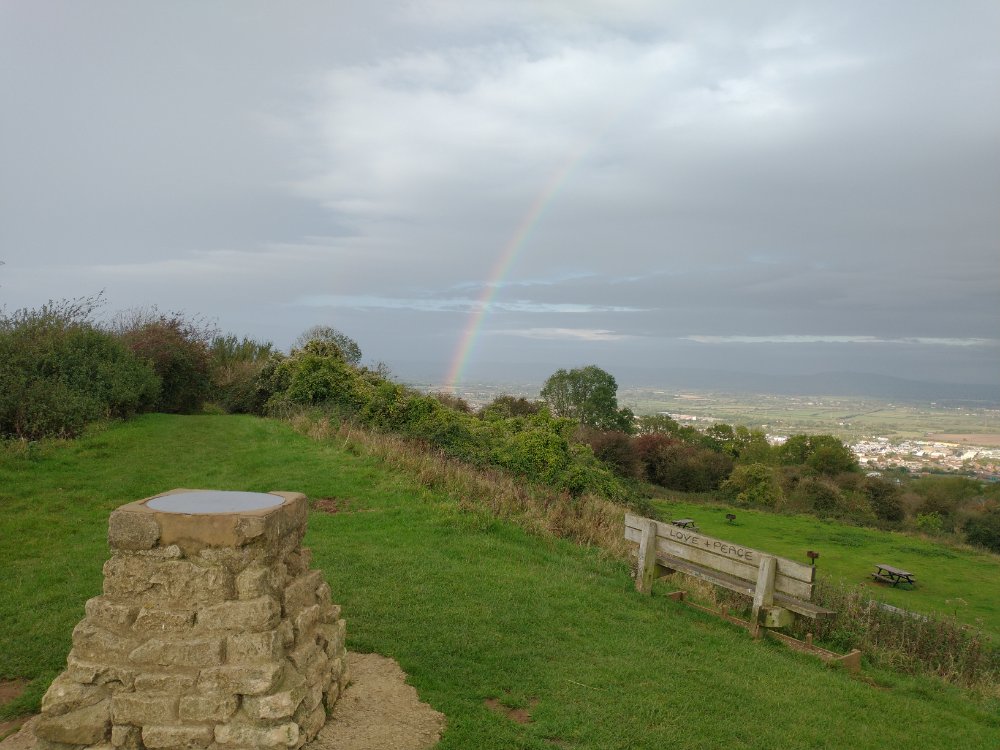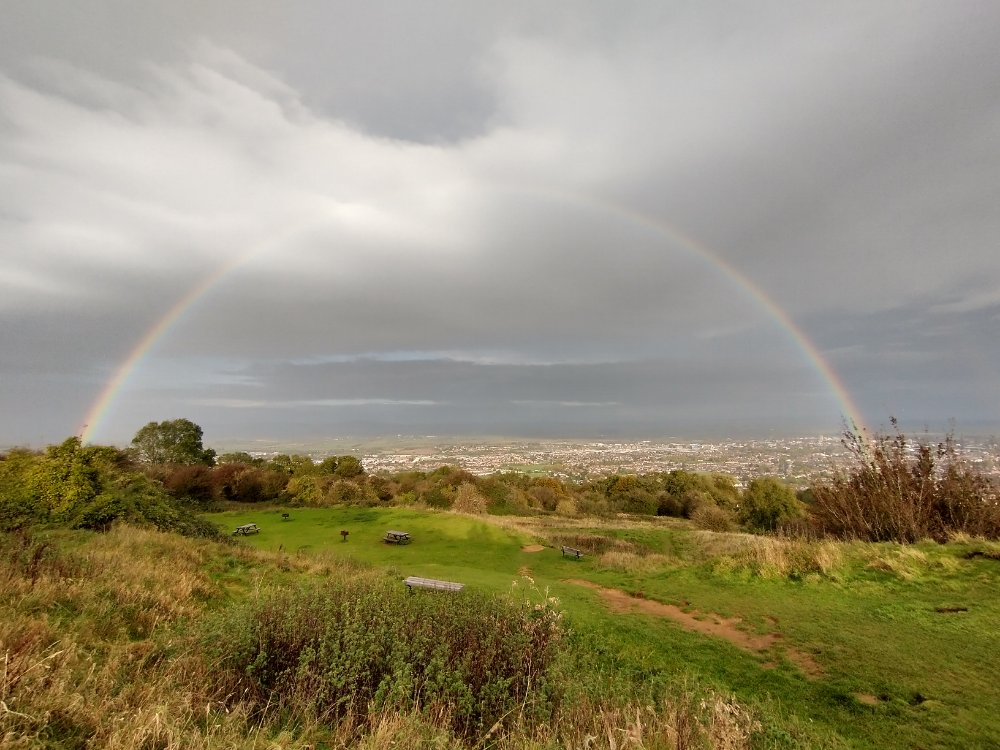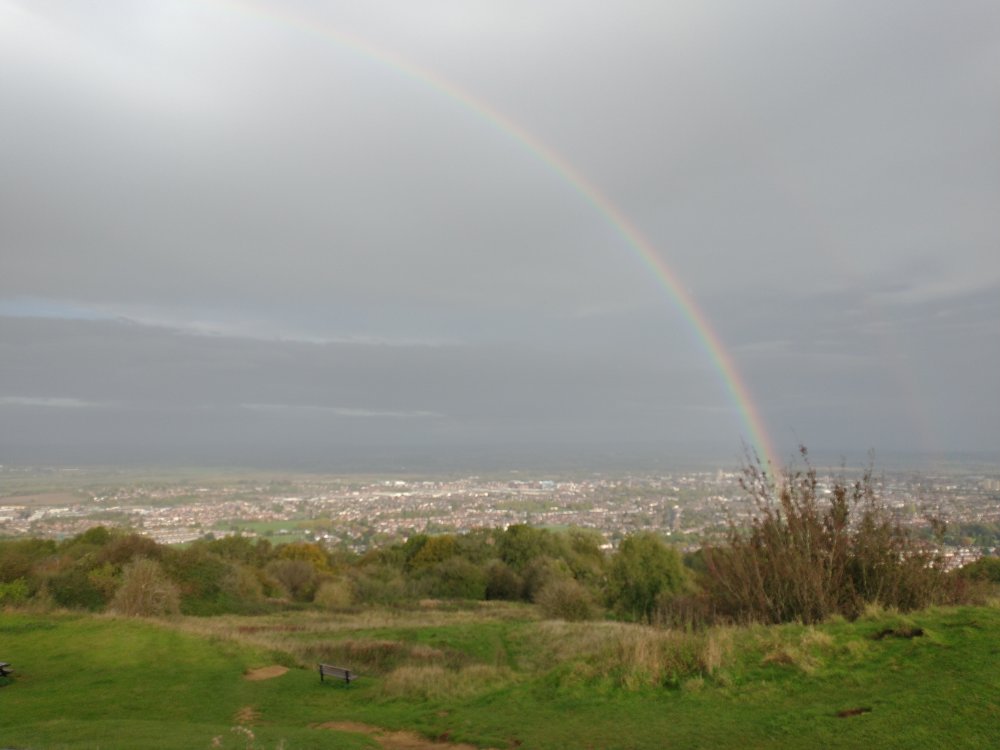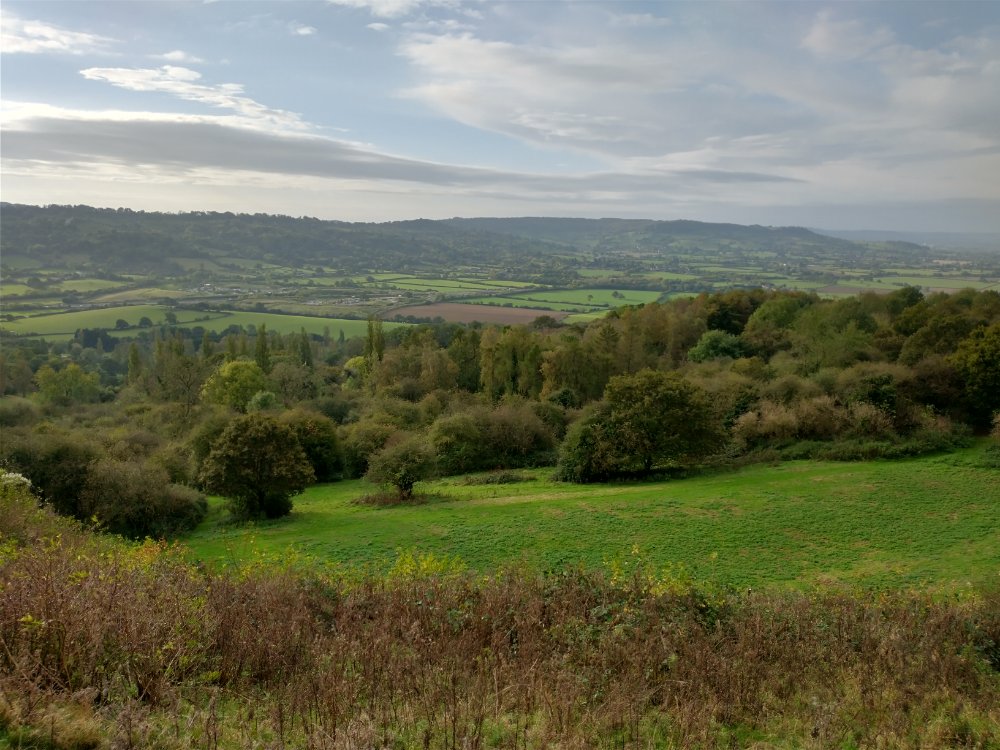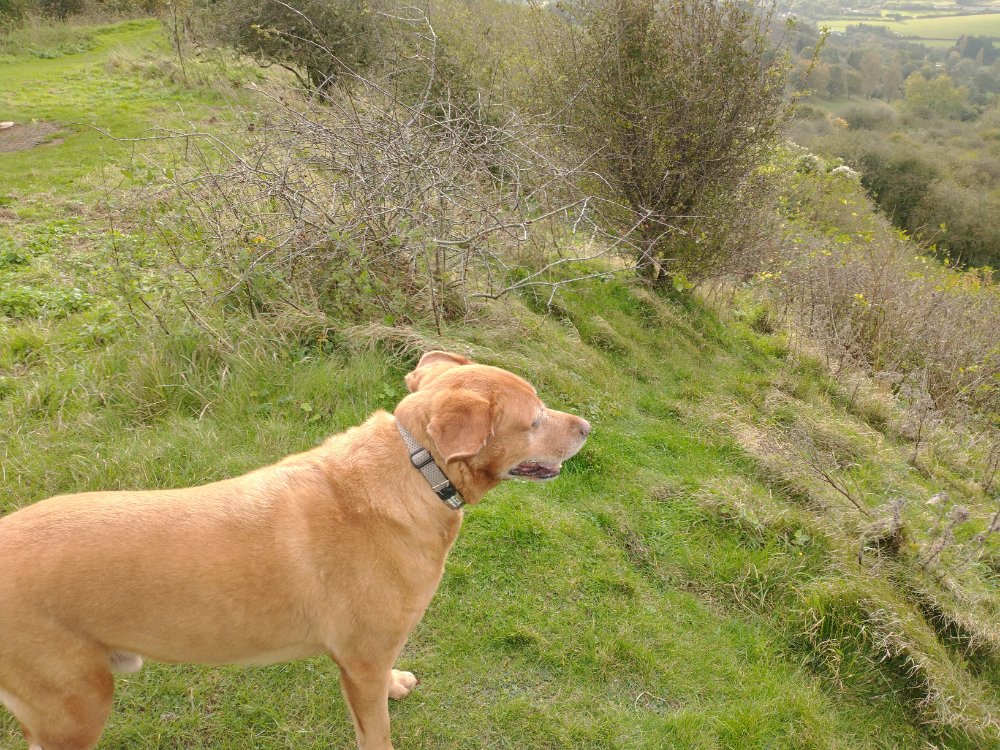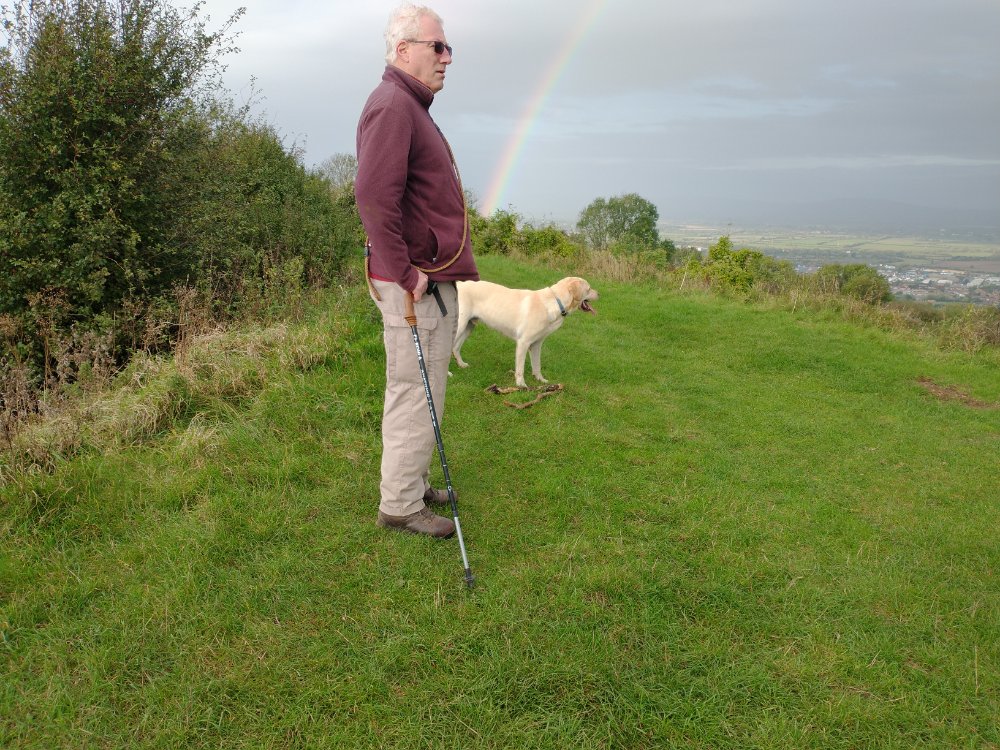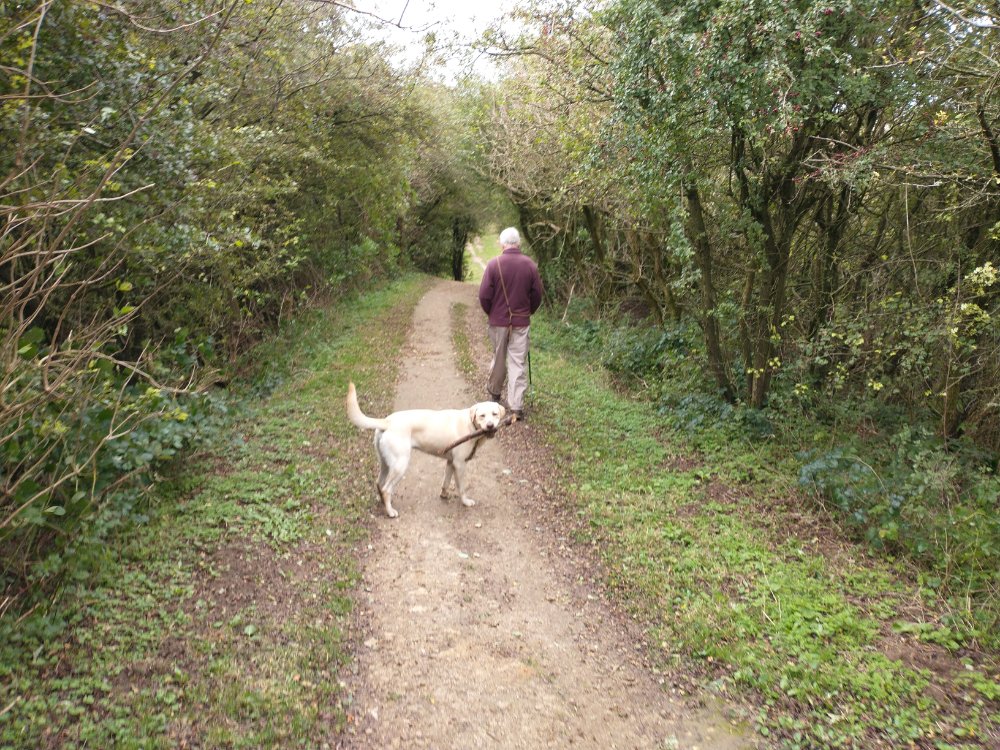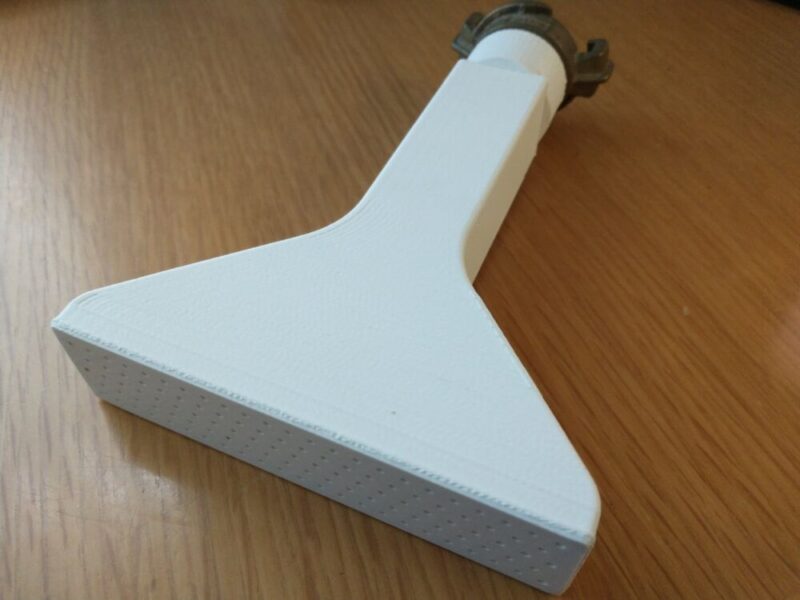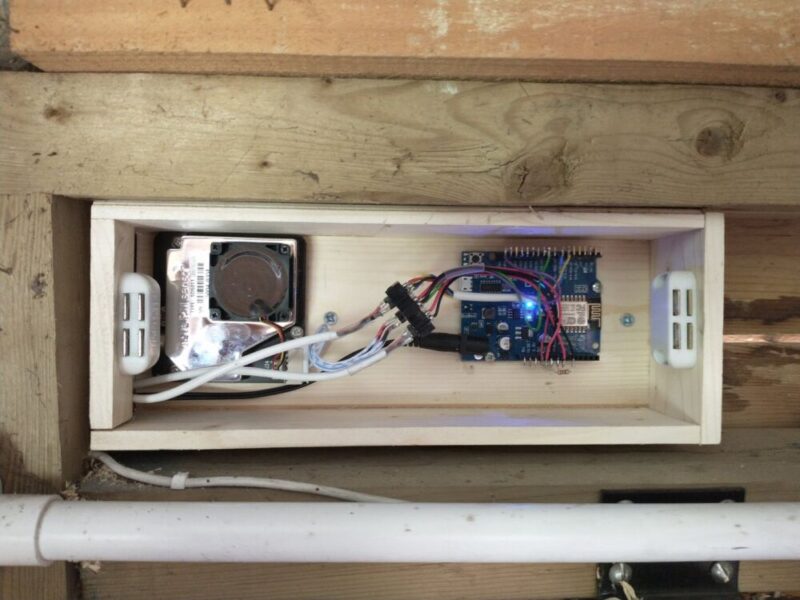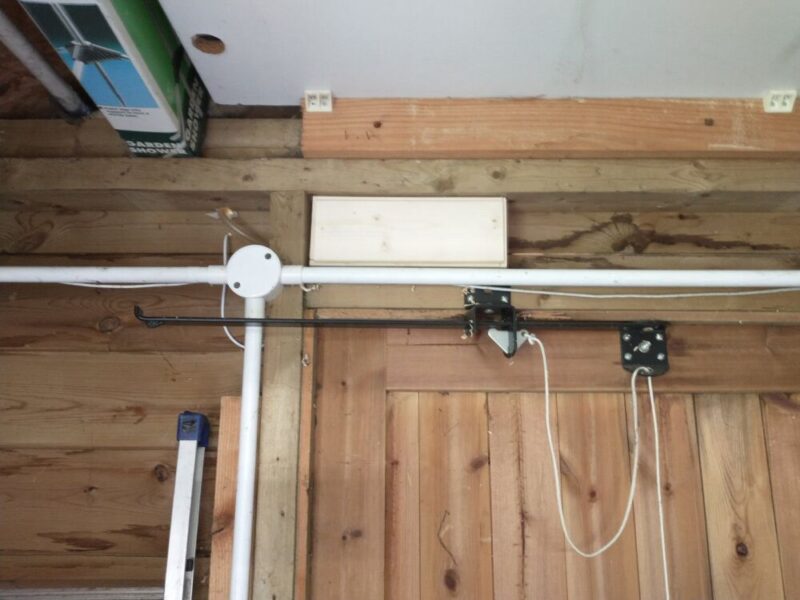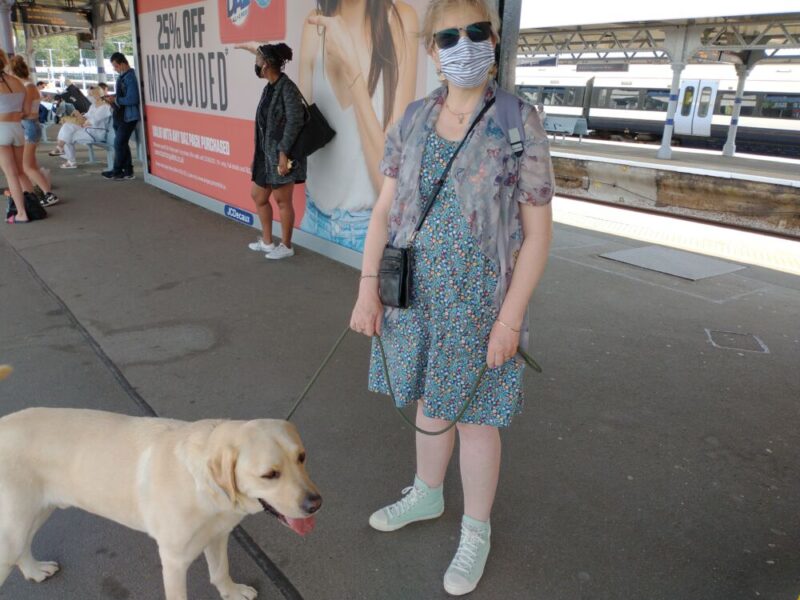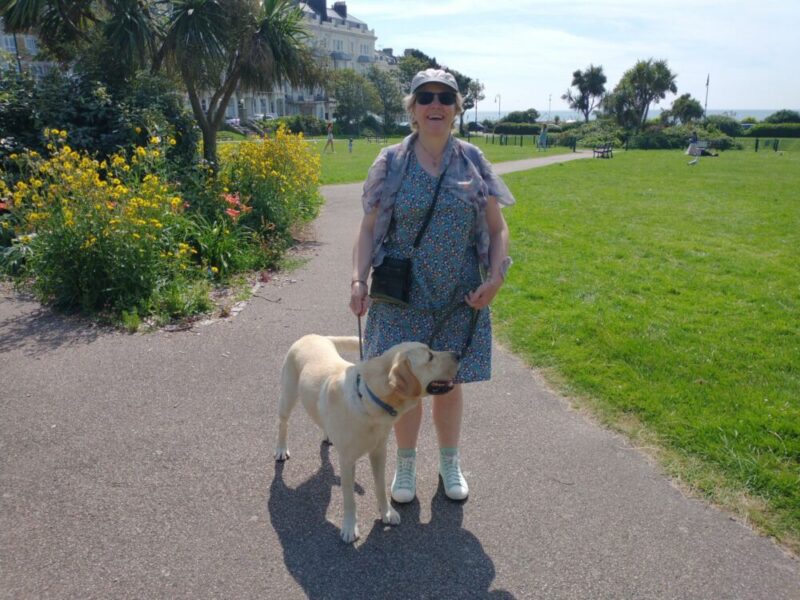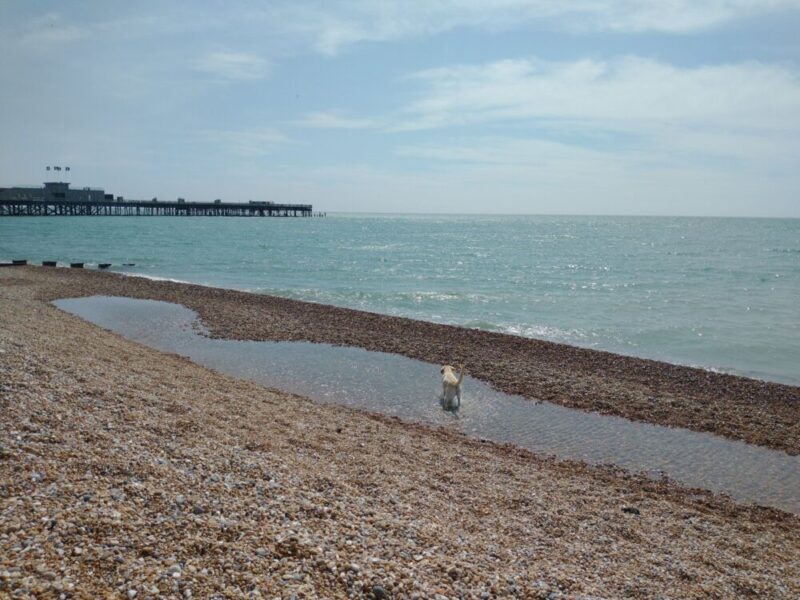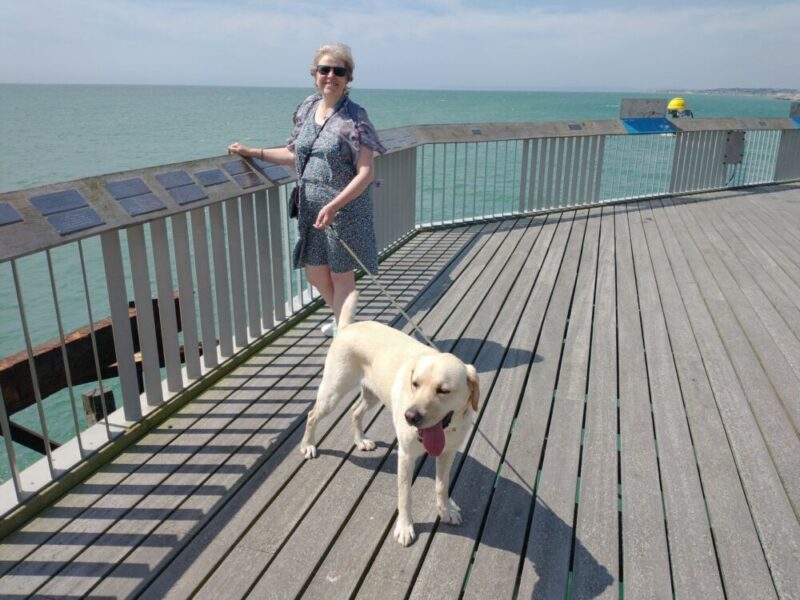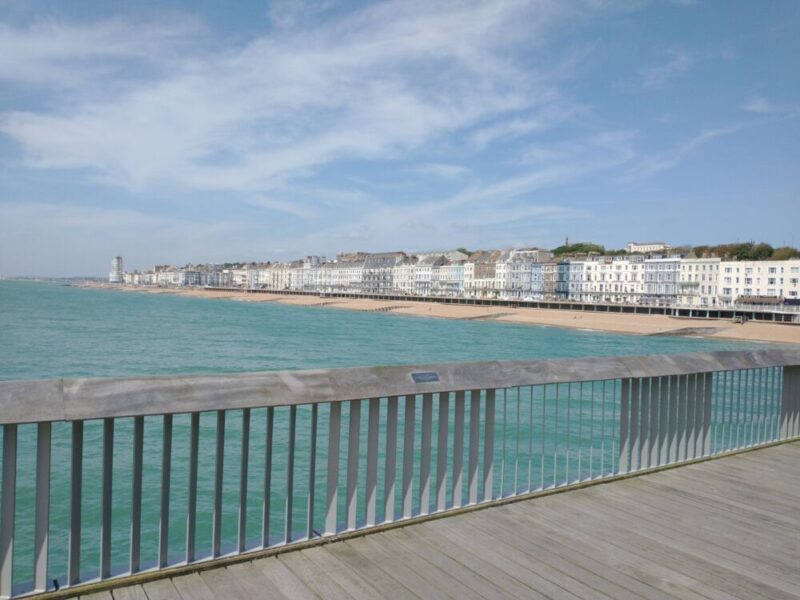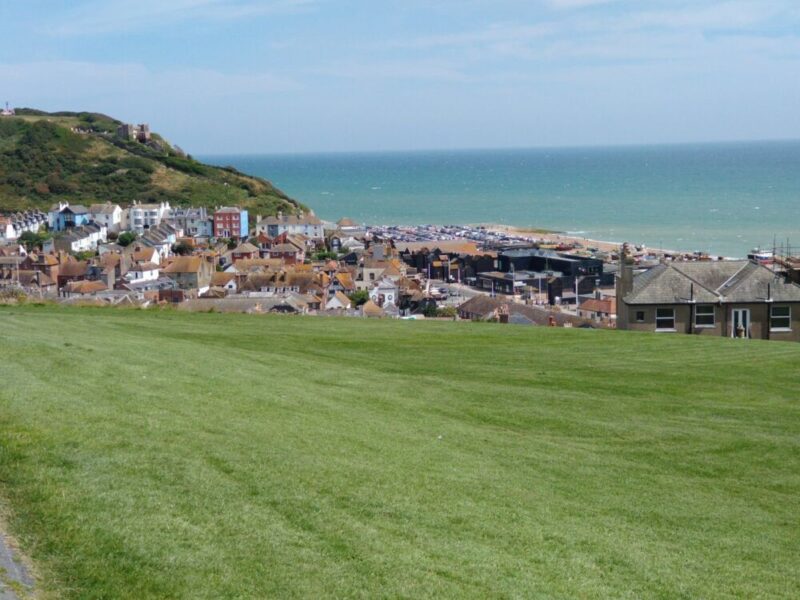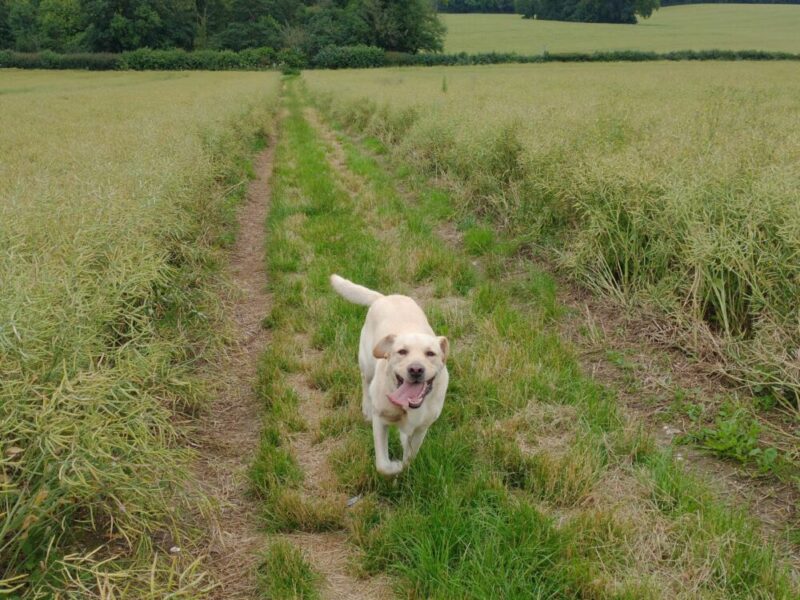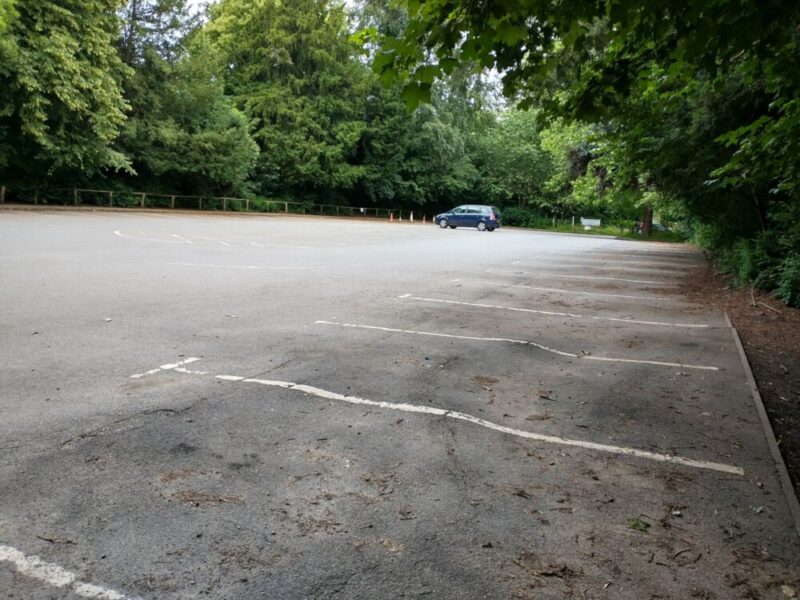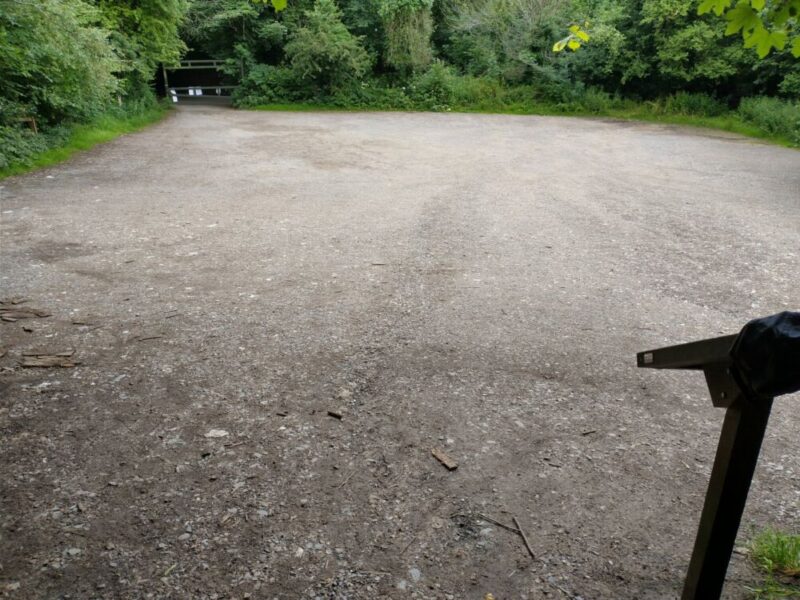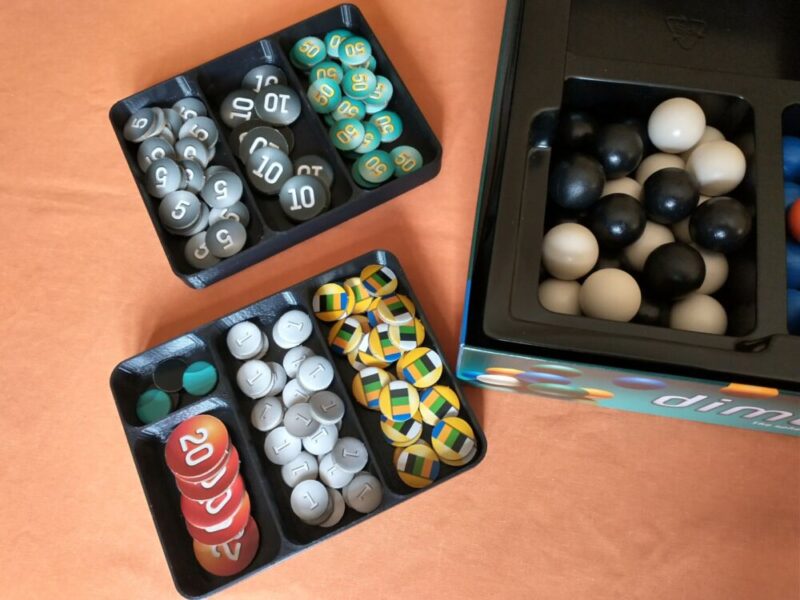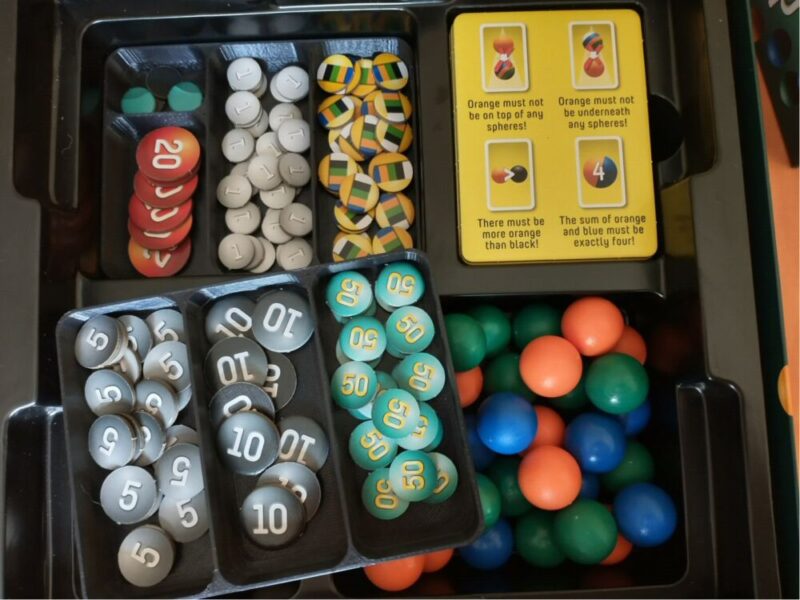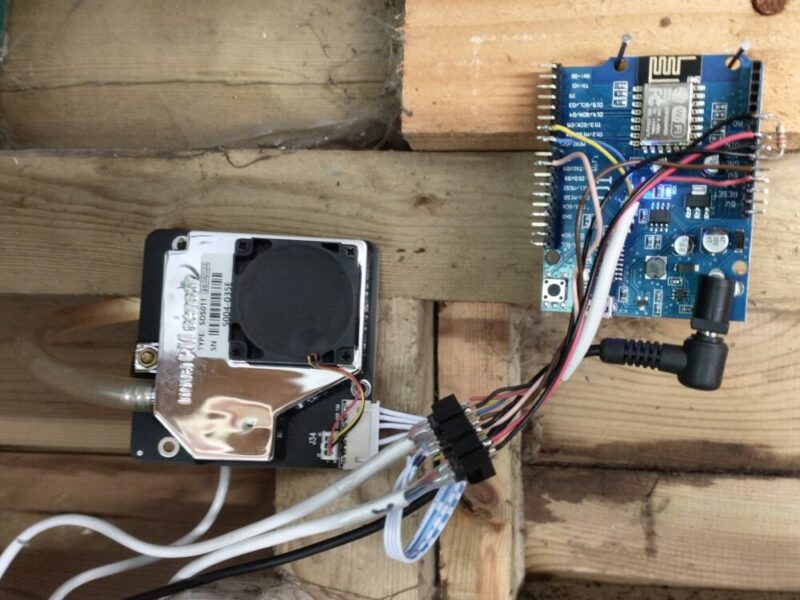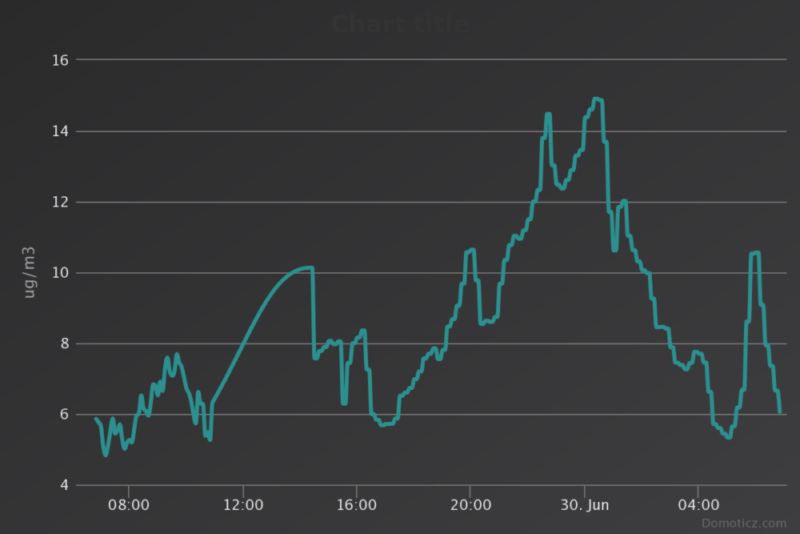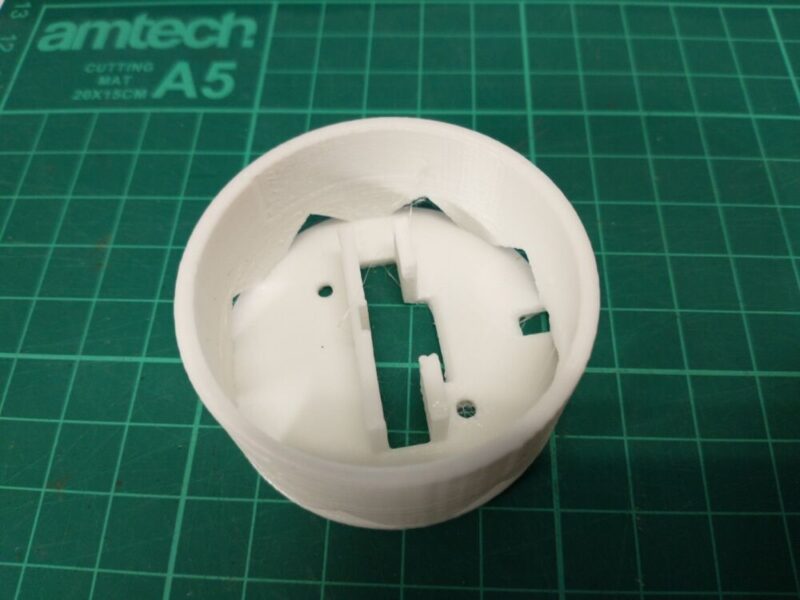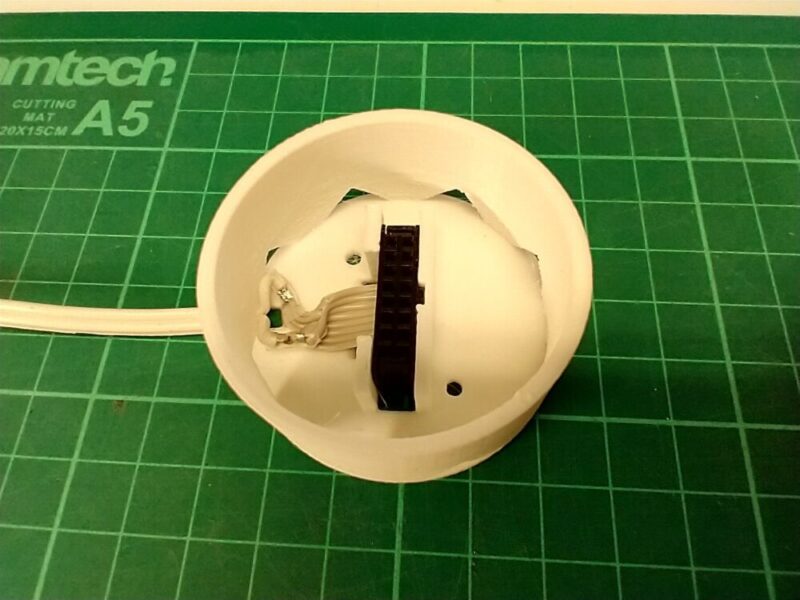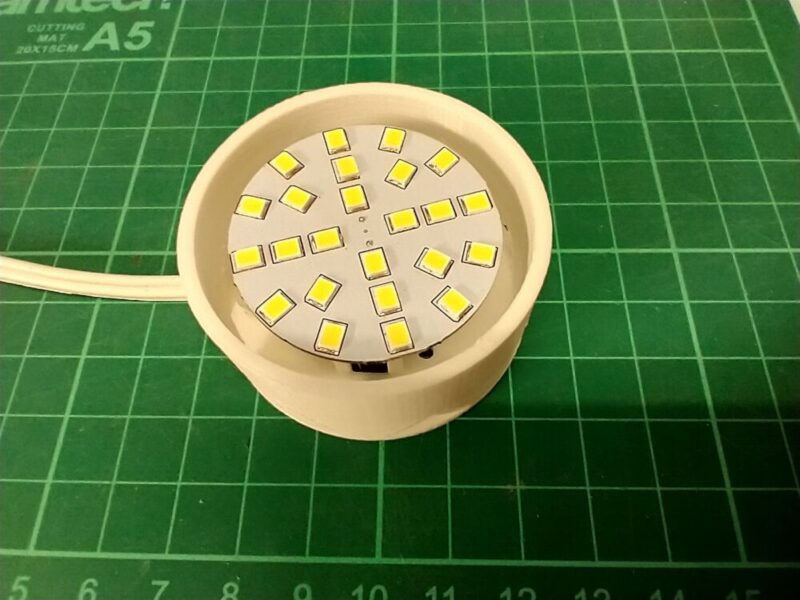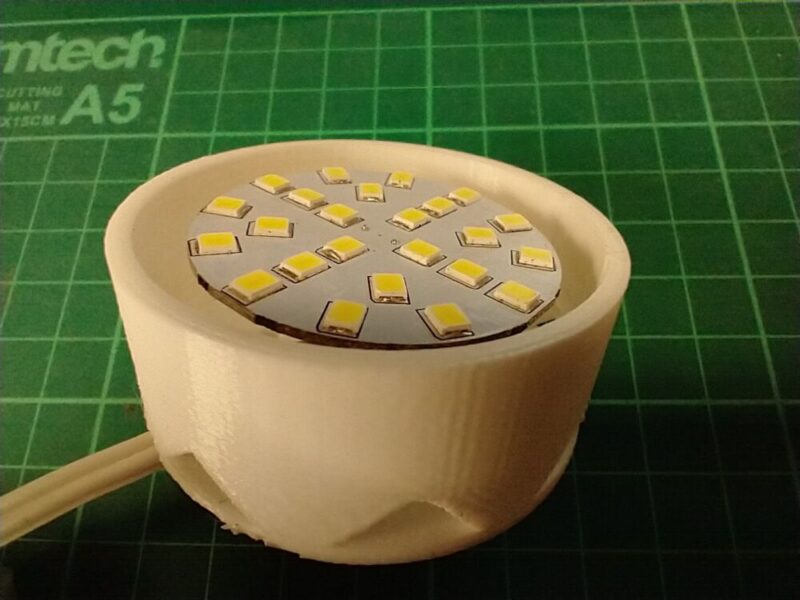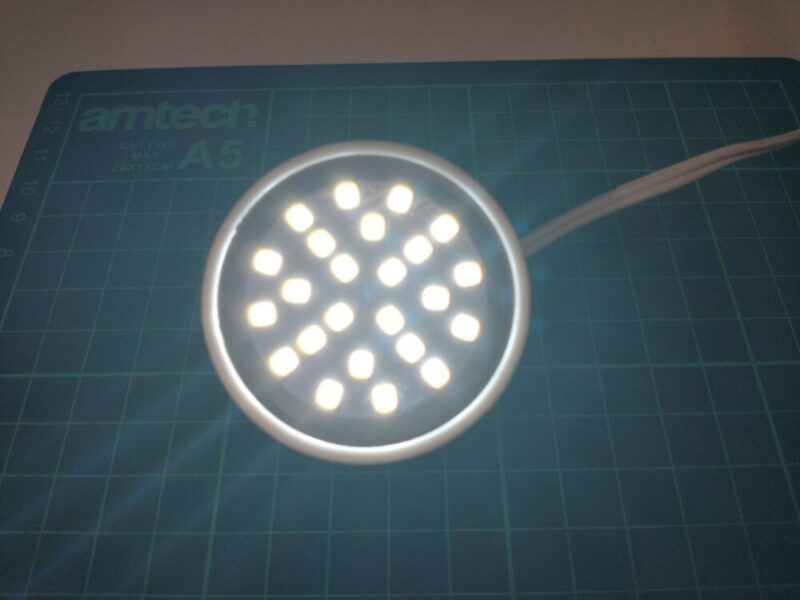One of the things that triggered my “Weather Station” project was a request to build a similar Air Quality Sensor for a friend. This uses the same laser sensor, but a different computer board and temperature/humidity sensor. The kit is around £22 from Ebay.
The first thing to do was to connect up the various bits, flash the firmware and see if it all works:
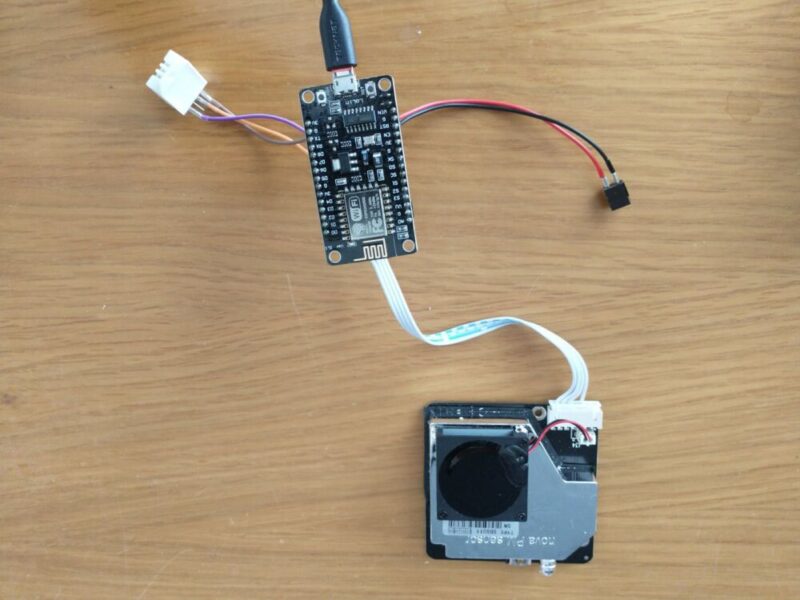
The computer connects to the world via a WiFi connection (the aerial is that little squiggle on the bottom of the computer board) and you use a web browser to configure the system.
This sensor had to be a neat unit on a wall, and a bit of rummaging around on the internet found a suitable case for this system. Unfortunately, that design mounted the laser sensor “upside down”, which is not recommended by the manufacturer, so I ended up redesigning the internal frame:
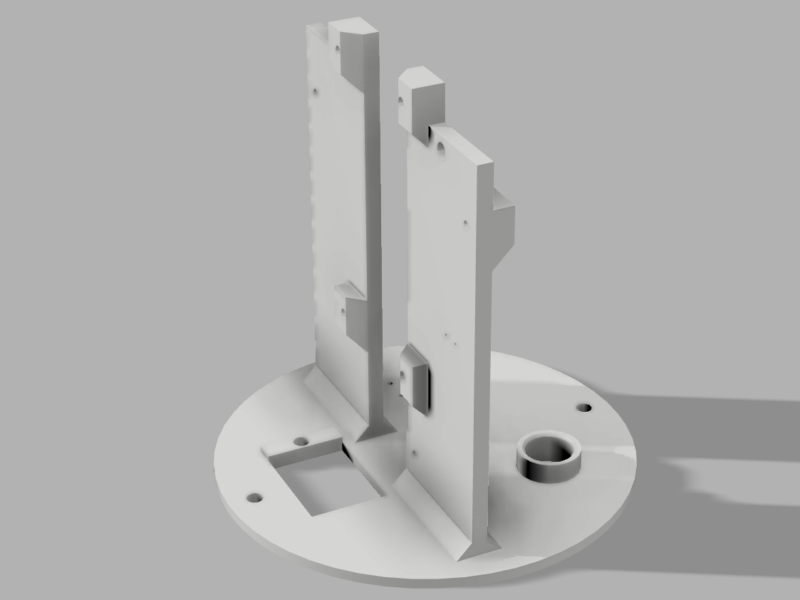
I also had to design and 3D print a ‘tube’ to get the air from the outside world into the sensor – I could have used a plastic tube, but it’s difficult to get that much bend in it. And I didn’t have any…
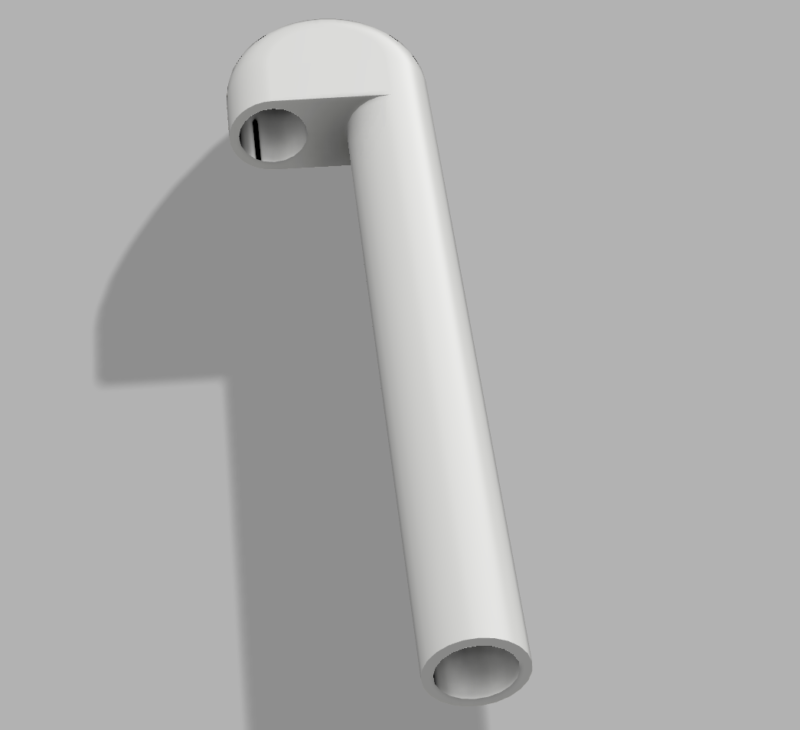
The SDS011 laser sensor mounts on one side of the vertical frame with the pipe connecting the inlet to the base:
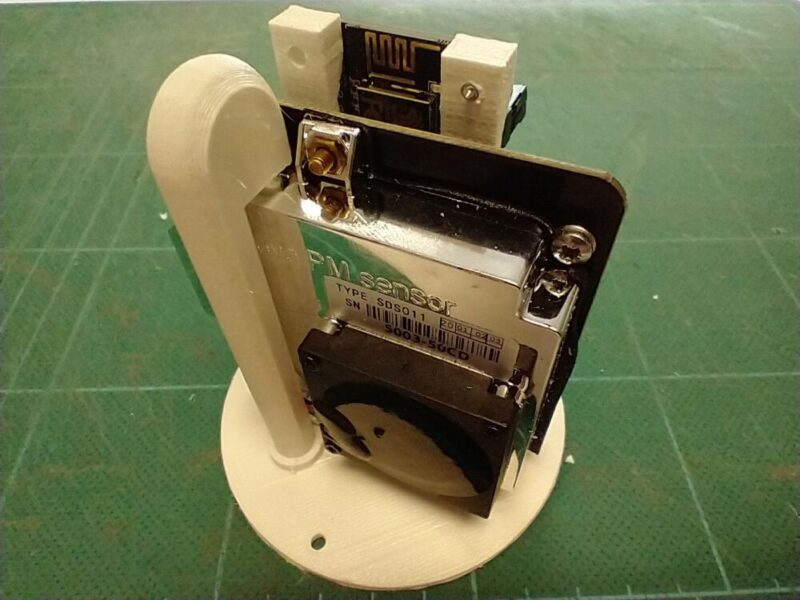
The exhausted air from the sensor comes out at the bottom of the laser sensor, and can escape to the world via tiny holes in the base.
The connections to the laser sensor are at the bottom and need to be routed through the gap in the middle of the frame:
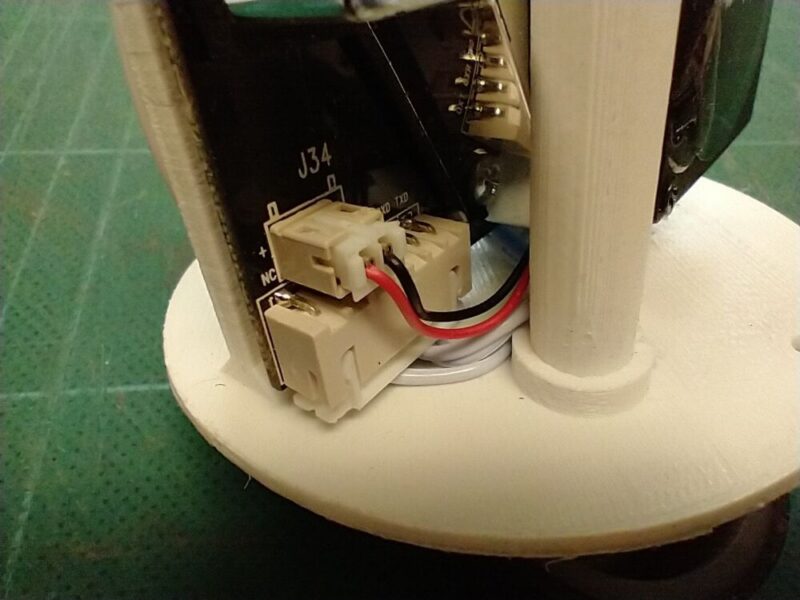
The controller board mounts on the other side, and is connected with useful push on connectors:
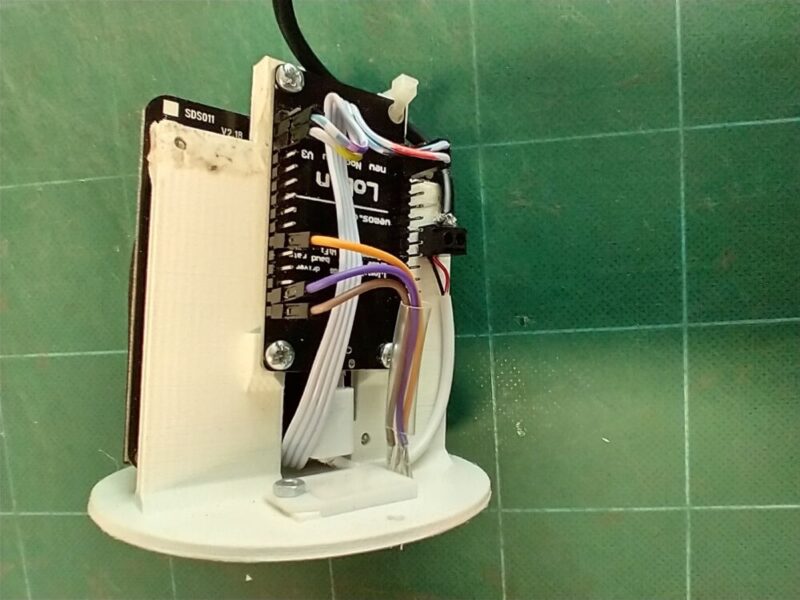
The top right hole in the computer board is used for a small cable tie to restrain the power cable.
The DHT22 sensor measures temperature and humidity, and is mounted on the bottom of the case. It pokes through the bottom of the board so that the sensor is exposed to the outside world: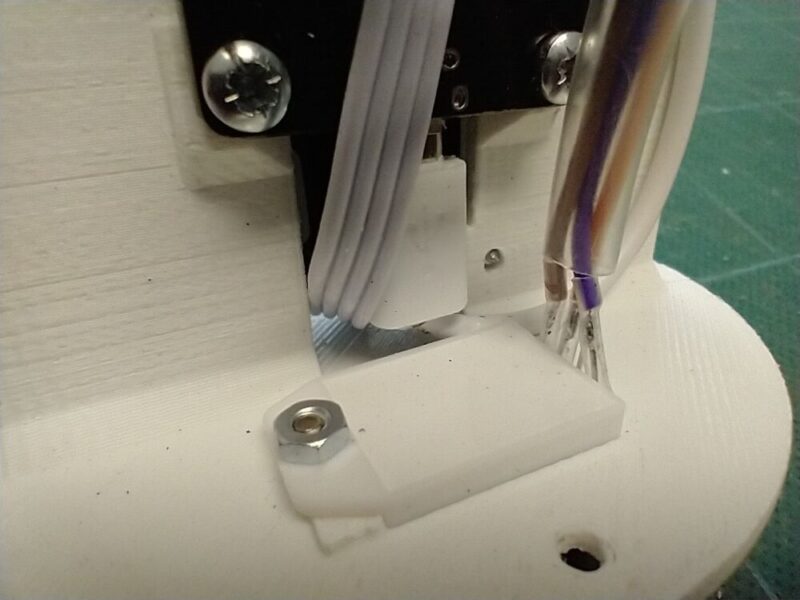
The unit will be powered from a long USB lead, which goes through the mounting bracket into the case. Once the unit is installed, it will be connected to the terminal block on the right of this photo:
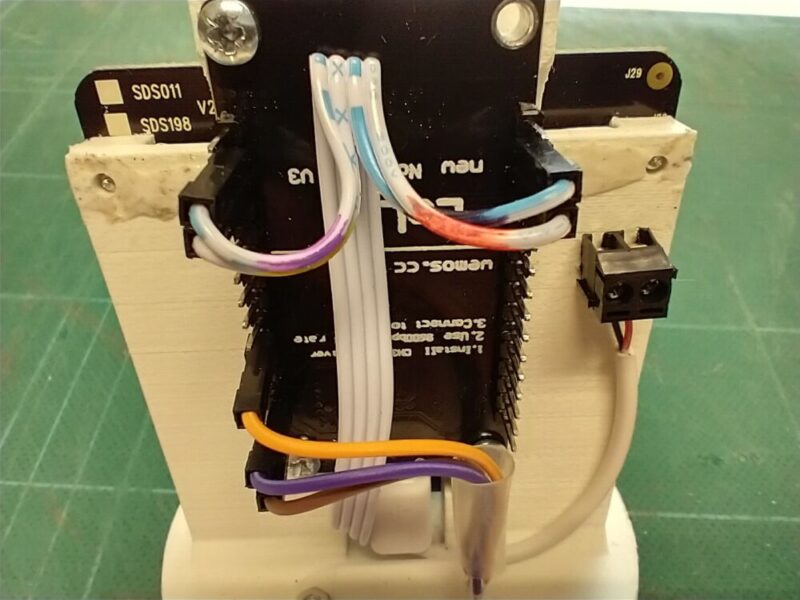
This is the underside of the case with everything fitted; you can see the small exhaust holes and the temperature/humidity sensor:
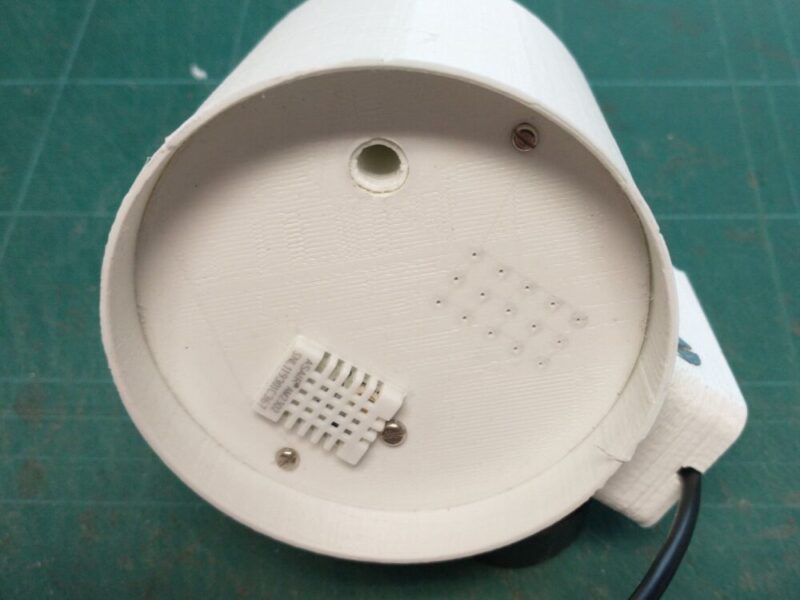
I designed a bracket to fit the case, this has two mounting holes to screw it to the wall and a path through it for the power cable:
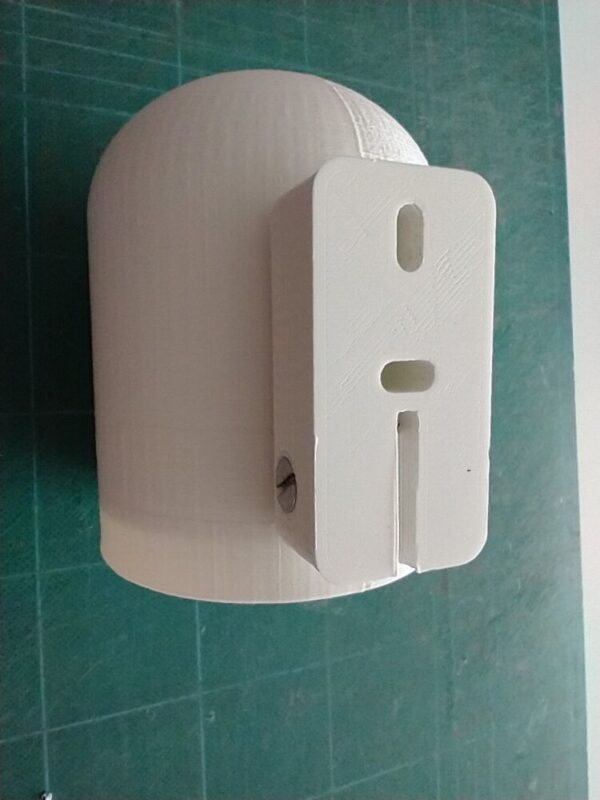
I tested the system by temporarily mounting on the garage next to “my” sensor:

Once the unit settled down, they both gave very similar readings so I’m happy that everything works as planned.
You can see the readings from this sensor here: opensensemap.org/explore/60e478f616d878001b1df5f0 – You’ll need to click on the US flag on the top line and select English unless you want the text to be in German.
However, note that the sensor is currently disconnected, but should be up and running in a week or so. The sensor is also shown at the location where it will be eventually installed. The site does have useful descriptions of what PM10 and PM2.5 actually mean and there are plenty of other sensors to explore.

